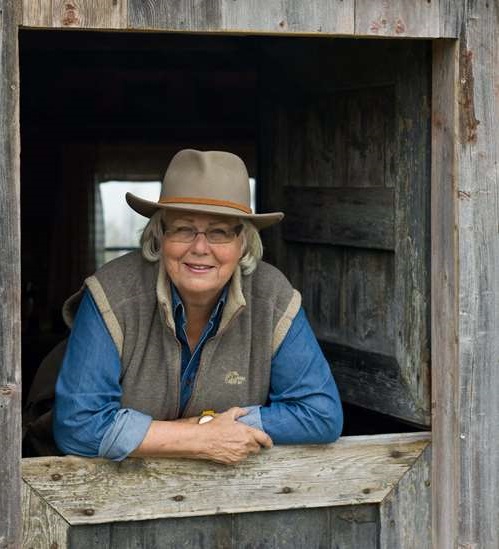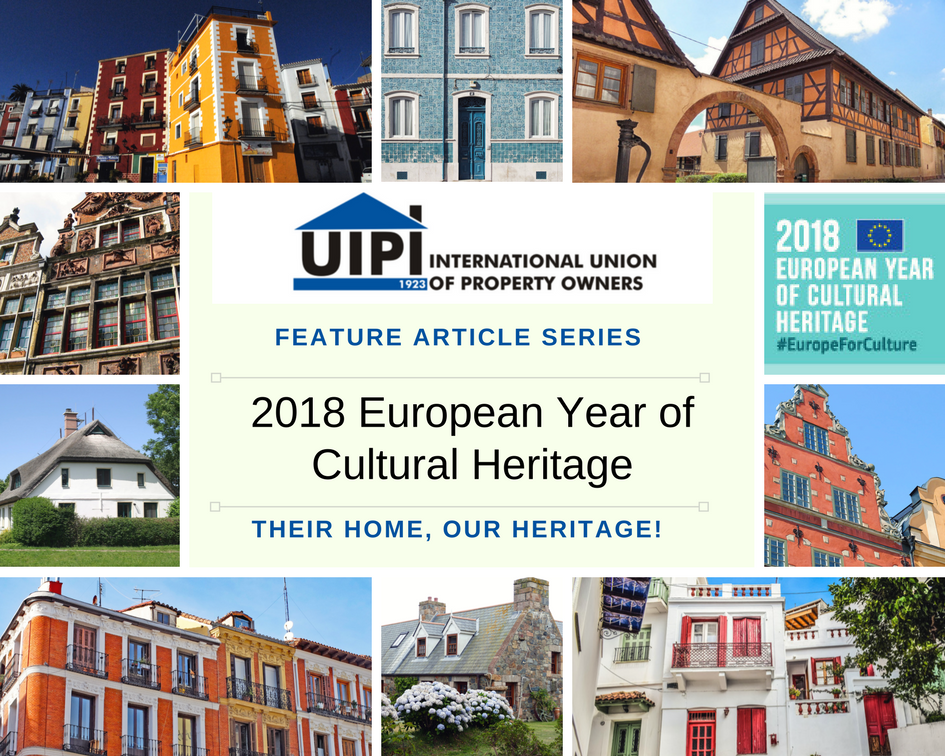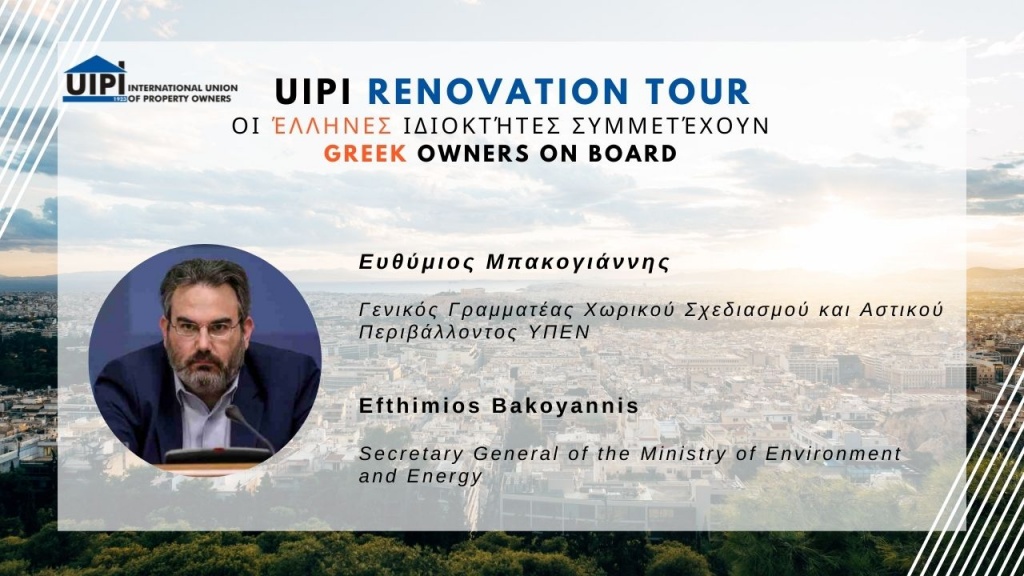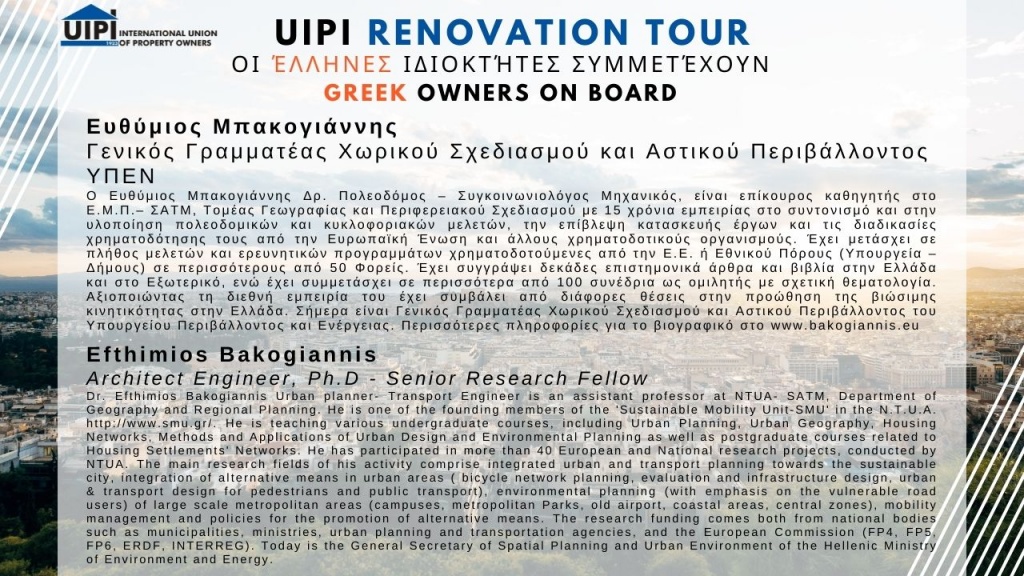Portrait of Else Sprossa and Hästhagen’s Husmannsplassen - Norway
For the fifth portrait of UIPI Feature Series on Building Heritage, we head to Norway, a country with a unique and rich heritage, to meet Else Sprossa. Else Sprossa is the owner of Hästhagen’s Husmannsplassen. A history passionate, she has dedicated almost 40 years of her life to save Norwegian cultural heritage buildings. Her small holding in Hästhagen dates back to 1805 and is one of the last pre-industrial estates of this type in the whole country. The property includes three main buildings which were listed as Norwegian cultural heritage site almost a decade ago. In 2017, the Norwegian Directorate for Cultural Heritage sold it to Ms Sprossa for NOK 10,000 (around € 1,000). This modest price reflected an unfortunate reality: no one else was interested in buying this farm because it was too close to the road, it did not have running water nor indoor toilets. No one but Ms Sprossa could really see its hidden potential.

"A proud owner is undoubtedly a building’s best friend!"
Else, what is your motivation to own and maintain such a building?
During my 40 years commitment for the Norwegian cultural heritage I have renovated twelve properties, all very different in style from a Swiss chalet kind of style to properties with Late Empire or Functionalism characteristics, as well as mountain farms and now this rural property. At 77 years old, I thought that it was about time for me to retire, but when I got to see this property, my heart began to beat faster, and so I started again! I saw great potential in it, mainly as an educational place for children, youth and owners of similar cultural heritage properties in Norway. This was the main reason why I bought it. Even without furniture, curtains and many other ornaments that can make a house look cosy, I could see its great potential.
What are the concrete measures required to keep this kind of buildings in good shape and maintain their history and architecture?
In order to preserve these buildings, it is important to be aware of their past: their original technical features and how households used to live and face tough living conditions over the past 200 years.
It is also important to show respect to those people that built, used, maintained and upgraded these buildings over the years. For example, when renovations occur it is important to keep using the same materials and the same techniques used in the past. This will ensure that the history, architecture and constructional knowledge is passed on in the most optimal way.
Have you taken any measure to adapt this building to modern living standards? If so, how did you manage to do it while maintaining the traditional legacy with the property?
When I bought Hästhagen, I had the pleasant surprise to discover that all three buildings were well-conserved. There is electricity but no running water nor any other common modern facilities. But yet, given the heritage status of the property, I do not even think we could get permission to insulate the floors, walls and roofs.
For me, what matters is to show respect and give credit to the families who lived and worked here for the past 200 years, facing long and cold winters and hard-working summers. That is the reason why I have not painted the doors nor the floors to get a shinier look and instead opted for keeping its lived-in characteristics.
What are the current national or local policy frameworks and financial grants in place? Do you use them? What can be improved?
In Norway, we have many grant schemes at both national and local level. For instance, the Norwegian Cultural Heritage Fund gives grants to private owners of protected buildings and municipalities can apply for SMIL (Special Environmental Measures in Farming) grants for buildings on operative farms. It is also possible to apply for grants from private foundations and funds. If an application happens to be successful, an ex-post report must be submitted to demonstrate your project developments and the outcome.
In my case, I cannot apply for the Norwegian Cultural Heritage Fund for a restoration grant because these buildings are fully listed so cannot be touched, but I could file an application for grants to support dissemination and educational activities related to the property.
How can we motivate private owners of the cultural heritage to be interested in maintaining their properties?
In order to motivate private owners to preserve our cultural heritage assets, we have to show good examples and offer reliable information on practical aspects, but also the financial ones. We must better inform them on where they can apply for public funding for their listed buildings and offer practical courses on these matters. This will help them to preserve and respect their heritage and to become proud of it. A proud owner is undoubtedly a building’s best friend!
What would be your idea of sharing the inheritance of your property with the public?
One of the conditions for taking over Hästhagen’s property from the Norwegian Directorate for Cultural Heritage was the requirement to communicate and inspire the preservation of similar properties in the region. From my own experience, I know that everyone needs inputs, inspiration and encouragement to become interested in something. I like to inspire, and I will continue to do so!
To raise awareness among younger generations, I have been thinking about organising classes where young people could learn about living and running a small holding such as this one. They could become familiar with ancestral tools, learn their names and how they were used, learn about the livestock traditionally breeded in these properties, the different types of culture grown in the region, and how they were harvested and consumed. They could practically learn to thresh, mill corn, bake crisp-bread on flagstones, etc. Only imagination sets the limits!
I am personally convinced that a combination of practical experiences and theoretical tests in close cooperation with schools is what we need! All this should be a natural part of a student’s cultural academic background. Oh, how I wish we could become pioneers on this matter in Norway!

If you had to give an advise to the next generation that will take over your house, what would it be?
I would like those who will take over Hästhagen after me to respect the authenticity and history of the place and to maintain it with love and care. This is the only way for these buildings to survive modern “cultural vandalism” and become a cultural treasure for the next owners. My plan is to write a book about everything that has happened here while I have owned this place. This book will, hopefully, serve as a useful reference and guide for future owners.
UPCOMING ARTICLE
Next time, for our 6th portrait, we will meet William Cartwright-Hignett, Next Generation Coordinator of the European Historic Houses Association, to visit Iford property in England.



